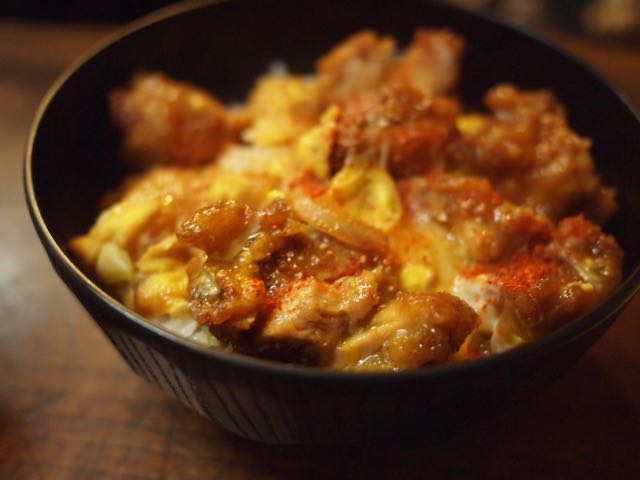Learning about Ise at Kogakkan: Day 7
Today I accomplished two things:
1. I went to the library and established to my own satisfaction where the Uhō-Dōji 雨宝童子 statue came from. The statue is a late Heian forgery attributed to Kūkai. It’s associated with a document called 「雨宝童子啓白」, also attributed to Kūkai, that claims that the statue portrays the incarnation of most of the ancient Shinto gods, including Amaterasu. Later, this portrayal was associated with Amaterasu specifically, which is the connection that became prevalent in the early Edo period. More details about this can be found in an abstract I translated, below the picture of fried chicken.
2. I had lunch with a random stranger who chatted me up in English outside a restaurant. He told me about the Three Great Soul Foods of Ise, which are legendary with the local people. They are the Spaghetti of Mori Cafe, the Dry Curry of Kitchen Cook, and, pictured below, the Fried Chicken Bowl of Manpuku Diner.

Now I will translate the abstract for a very good article:
鳥羽重宏「天照大神の像容(イメ-ジ)の変遷について–女体像・男体像から,雨宝童子像にいたる図像学」 皇学館大学神道研究所紀要 13 (1997), 119-179
ABSTRACT
In present day depictions such as publications, Amaterasu Omikami is generally drawn as having hair that hangs down richly, plain dress (generally white), a chest adorned with jewels, and a mirror in her hand. But originally, Japanese kami were not depicted in this way, and when we trace depictions of Amaterasu Omikami back through the ages, from the descriptions in the 記紀 [as well as supplementary Heian materials] we can guess at a female form, then in the Heian period a theory of male form appeared, while according to 本地垂迹説 she was given a Buddhist image, and in the early modern period images of 雨宝童子 became popular. Any and all of these forms, though, while they may have changed slightly, continued to exist until the beginning of Meiji. Out of all of these, the 雨宝童子 image, which became widely known through the efforts of the prevalent pilgrimage site 金剛証寺 near the Jingu, bears a 5-layer pagoda on her head, a pearl ball in her left hand, and a treasure-pole in her right hand. With the passing of the ages we begin to see the treasure-pole as a sword, and the ball as a mirror, and jewels adorning her chest. This is in accordance with better knowledge of the mythology, and can be seen as the beginning of the solidificaion of people’s images of Amaterasu Omikami. According to the influence of this 雨宝童子, we images of the gods wearing [specific kinds of ancient Chinese dress] become common. The image later being reimagined as a hatless and white-clad form, we may be said to have arrived at the present day.
Posted: March 1st, 2015 | Kogakkan
